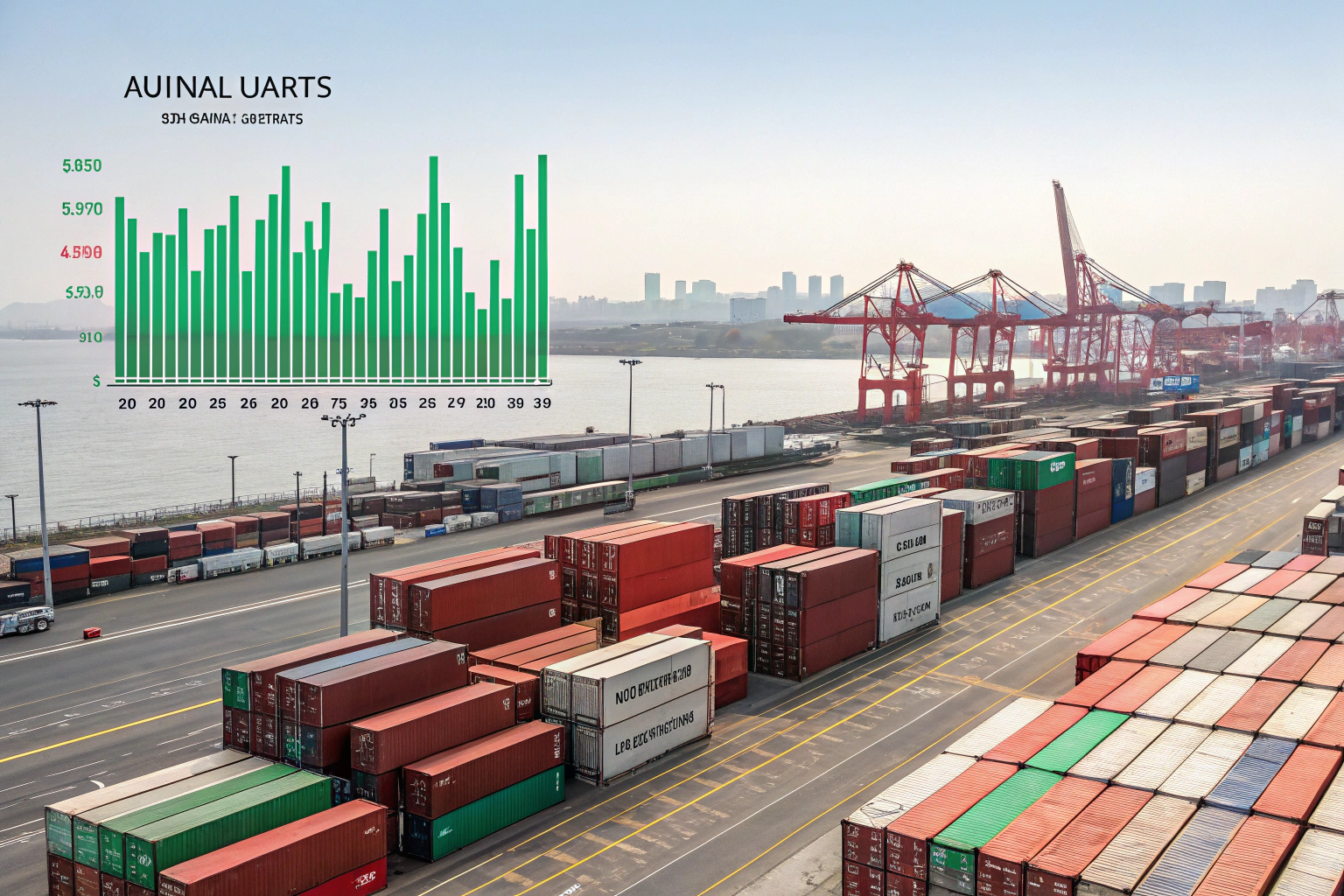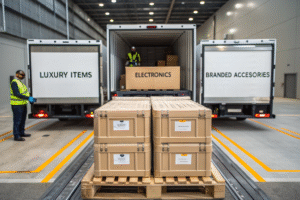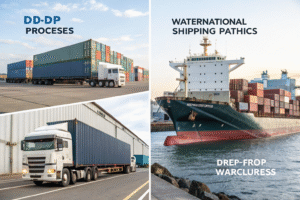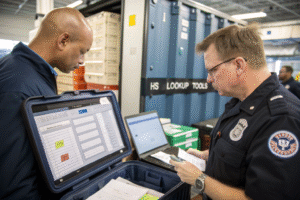If you’ve ever noticed your shipping cost triple around the holidays, you’re not alone. Many U.S. importers like Ron, who rely on Chinese suppliers, find themselves surprised by soaring freight rates at certain times of the year. As a freight forwarder at GeeseCargo, I’ve helped countless clients navigate these seasonal shifts—and avoid overpaying for space.
Seasonality affects freight rates due to shifts in demand, carrier capacity limits, port congestion, weather disruptions, and global shopping cycles. Prices often rise during peak seasons like Q4 and Lunar New Year.
Shipping isn’t priced in a vacuum. It’s tied to calendars, factory output, global trade habits, and consumer behavior. If you plan well, you can outsmart the cycle. Here’s how it works—and how we help.
What Are the Peak Shipping Seasons from China?
Understanding peak seasons helps importers anticipate rate hikes and book space early. Every year follows a predictable pattern—if you know what to expect.
Key freight peaks include the lead-up to Chinese New Year, late summer, and the Q4 holiday rush.
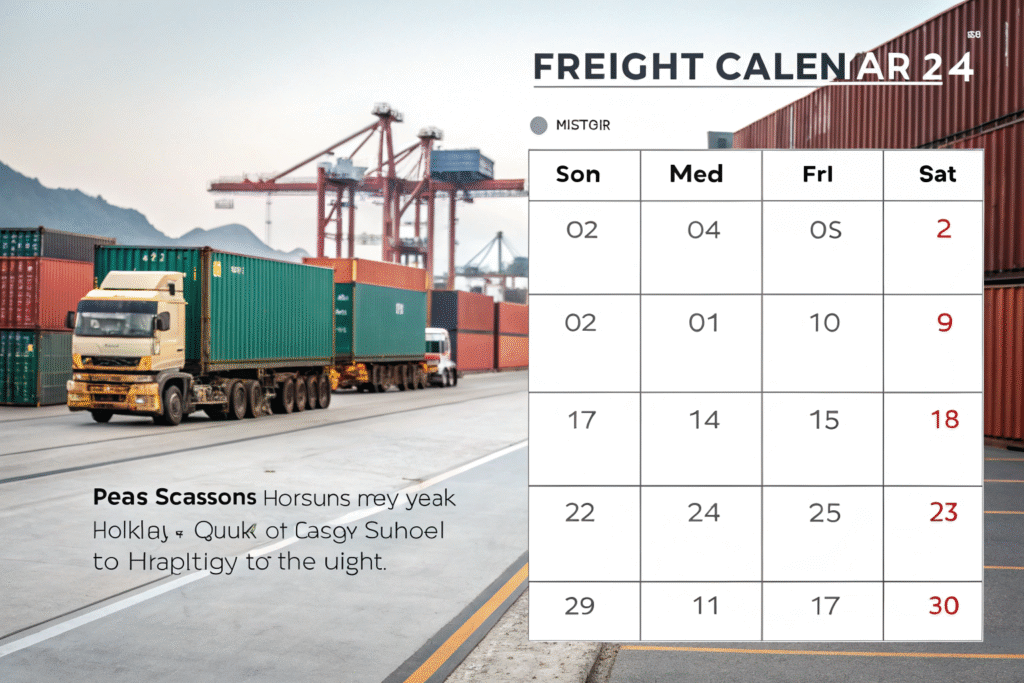
When Is the Chinese New Year Shipping Rush?
The largest annual spike happens 4–6 weeks before Chinese New Year (CNY). Factories shut down for 2–3 weeks, and buyers scramble to ship before closure.
In 2025, CNY falls on January 29. We anticipate the rush will begin around early December 2024. Rates can jump 30–50% due to tight space and vessel backlogs.
Freight platforms like Freightos and Flexport regularly publish CNY pricing insights to help importers prepare.
What Happens During Q4 Holiday Season?
From September to mid-December, ocean freight demand spikes as retailers stock up for Black Friday, Cyber Monday, and Christmas.
During this period, port congestion increases, and General Rate Increases (GRIs) are common. We’ve seen spot rates double from Shanghai to Los Angeles in just two weeks during past Q4s.
We help clients secure blank sailing-proof bookings or split shipments using air and ocean to reduce delay risks.
Why Do Rates Spike During These Seasons?
Freight pricing is a matter of supply and demand. When demand surges and vessel space is limited, prices rise fast—and forwarders compete to secure space.
Rates rise because carriers reduce available space, impose surcharges, and prioritize premium cargo during high-demand seasons.
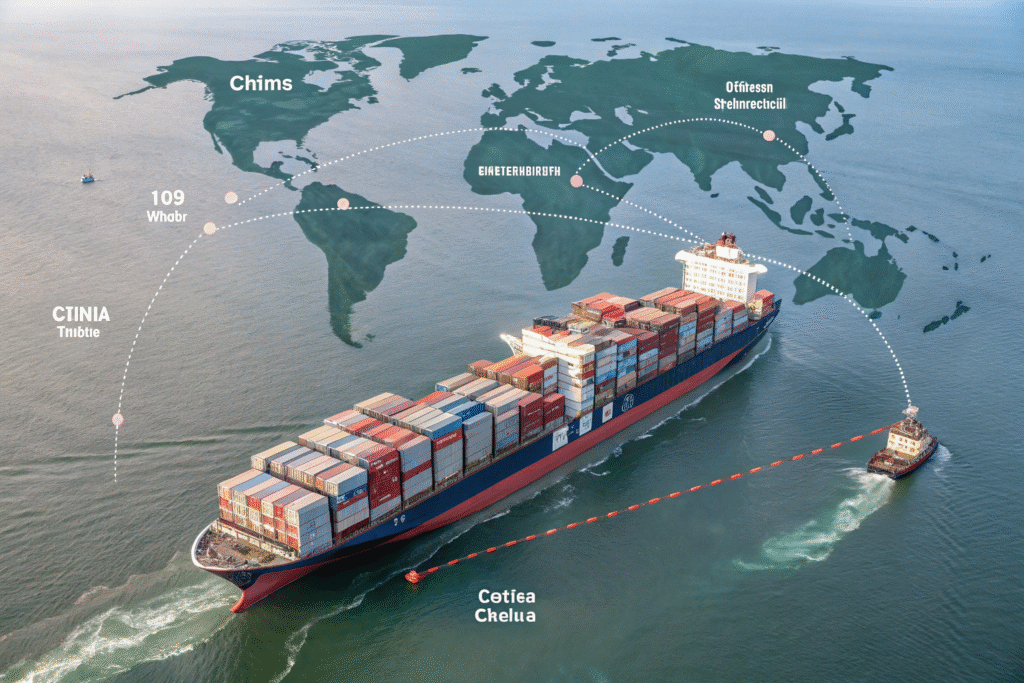
How Do Carriers Manage Capacity?
Carriers use a tactic called blank sailing, where they cancel scheduled departures to create artificial scarcity and drive up rates. This happens most frequently around Golden Week and Chinese New Year.
Carriers like MSC and CMA CGM publish sailing schedules in advance, but changes often occur with 1–2 weeks’ notice.
We monitor changes daily via Sea-Intelligence and book proactively based on demand forecasts.
What Are Seasonal Surcharges?
Carriers apply surcharges such as:
- Peak Season Surcharge (PSS)
- Emergency Bunker Surcharge (EBS)
- Congestion Surcharge
These can add $300–$1,000 per container during peak periods. We always highlight these in advance in our freight quotations so clients aren’t caught off guard.
You can track surcharge trends via the Drewry Index or Xeneta Market Reports.
How Does Seasonality Impact Air Freight Rates?
Air freight isn’t immune to seasonality—it may even be more volatile. When ocean freight delays or rate hikes occur, shippers often switch to air, raising demand and prices there too.
Air freight rates spike before fashion launches, holiday sales, and factory closures—especially for fast-moving consumer goods.
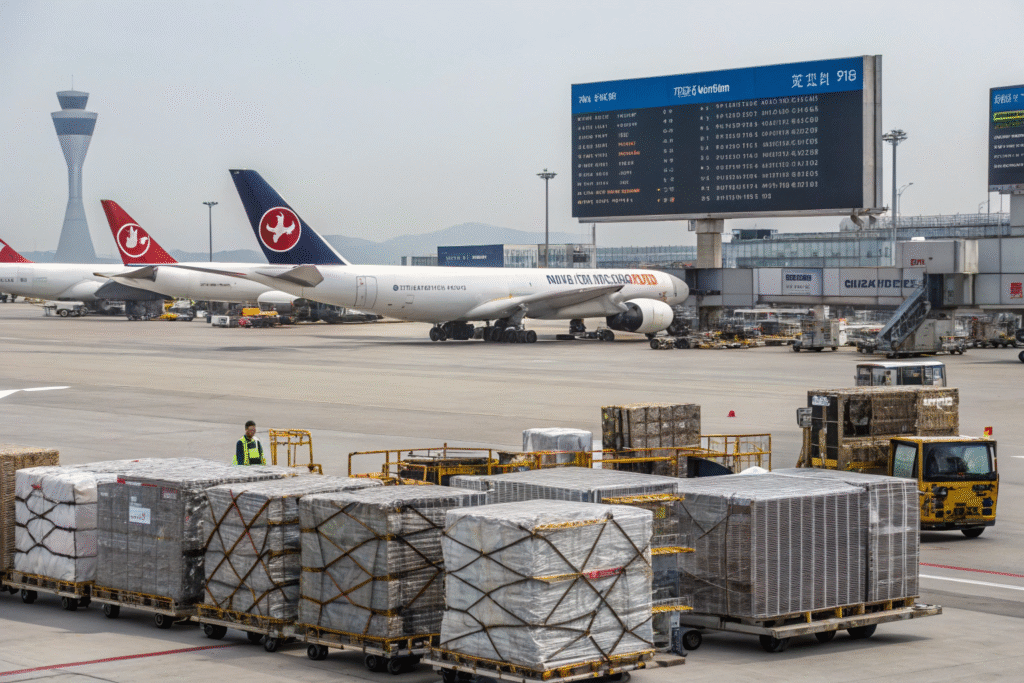
What Are the High-Demand Months for Air Cargo?
Major spikes occur in:
- February (post-CNY restocks)
- May–June (spring fashion and e-commerce prep)
- October–December (holiday demand)
During these months, rates from Shanghai or Shenzhen to the U.S. can double or triple. Platforms like TAC Index track daily price changes.
We recommend reserving consolidated air space with 7–10 days lead time or choosing express carriers like UPS Air Cargo or DHL Express.
Is There Any Way to Lock Air Rates?
Yes. We can negotiate blocked space agreements (BSAs) with carriers during stable periods. This guarantees volume and pricing—even during peak spikes.
Forwarders with strong air carrier ties (like us) offer priority access and reduce last-minute rejection risk.
What Can Importers Do to Minimize Seasonal Price Surges?
The key to beating seasonal freight hikes is planning ahead. Our smartest clients treat shipping like a financial strategy, not just a cost.
To minimize surges, importers should forecast demand early, book shipments 3–4 weeks in advance, and work with a forwarder who knows seasonal cycles.

How Far in Advance Should You Book?
For ocean freight, we suggest booking at least 3–4 weeks ahead during Q4 and CNY periods. For air freight, 10–14 days is ideal.
Tools like Project44 or CargoWise allow shipment tracking and timeline visualization. We also send seasonal rate forecasts so you can prepare in advance.
Can Long-Term Contracts Help?
Yes. We offer Annual Rate Agreements (ARAs) with volume-based discounts and peak-season rate protection. These reduce budget uncertainty and help secure guaranteed container space.
For fast-moving clients like Ron, this strategy saves tens of thousands per year.
Conclusion
Freight rates rise and fall with the seasons—but smart planning keeps your costs steady. Whether it’s Chinese New Year, the holiday rush, or a post-pandemic surge, knowing when and why rates change gives you the power to act early.
At GeeseCargo, we don’t just ship your goods—we help you build a logistics calendar that saves money, avoids surprises, and keeps your supply chain strong all year long. Let’s plan smarter for your next peak season.
